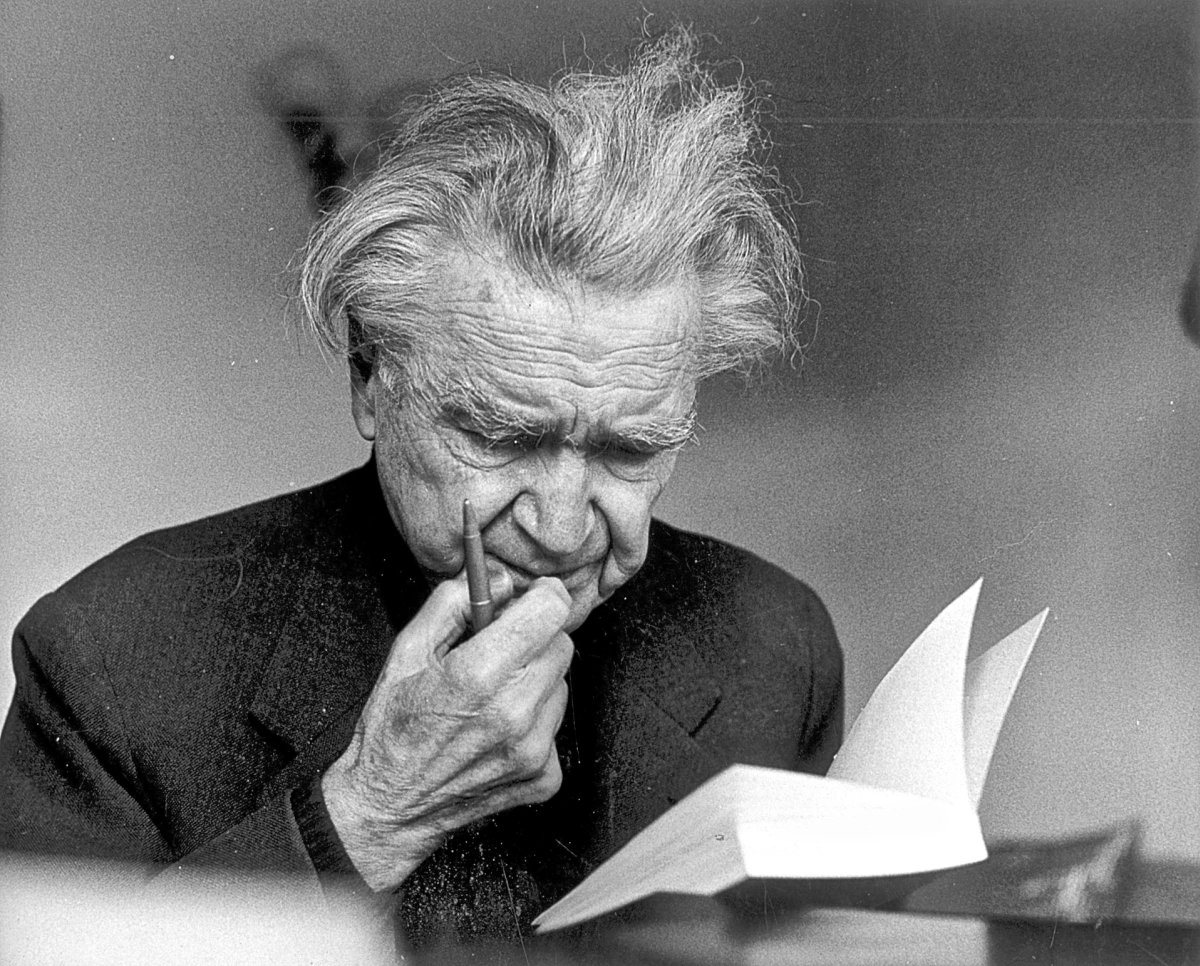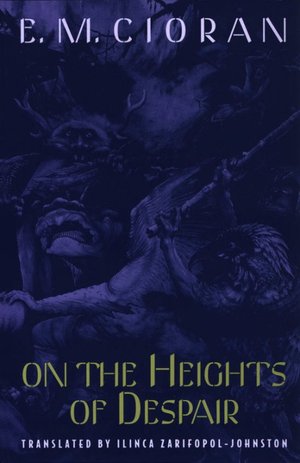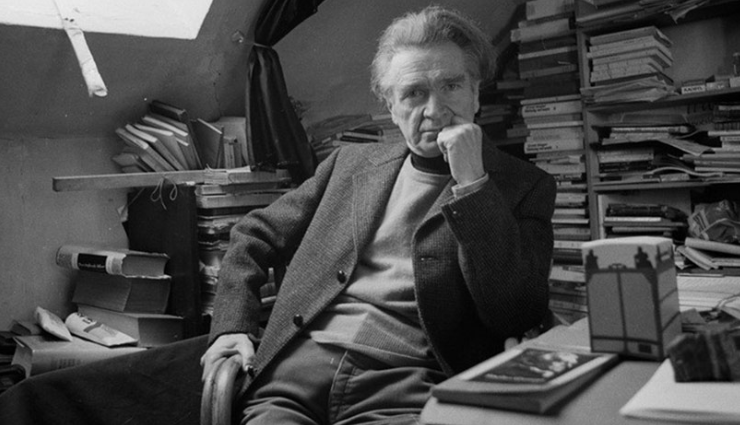By Valia Nikolaidou,
Philosophy is, without a doubt, a genre that is particularly tricky to understand fully; philosophy books are not suggested for a “light-reading” at the beach; instead, it takes time and effort for a reader to grasp the deeper meanings that philosophers convey in their writings. Apart from the worldwide famous Greek philosophers like Plato, Socrates, and Aristotle who changed the way humans perceive the world altogether, many modern philosophers aim to instigate the public’s interest in prevalent issues that trouble people living in the post-industrial era. The 20th-century modern philosopher Emil Cioran is a great example of that.
Born and raised in Romania in 1911, he was a well-known philosopher and writer, publishing his works both in Romanian and French, while also being fluent in German from a very young age. His time studying philosophy at the University of Bucharest led to his acquaintance with extremely influential people who would inspire a lot of his works; amongst them were the playwright Eugène Ionesco and Romanian modern philosophers Petre Țuțea and Constantin Noica. His upbringing in early 20th-century Romania in a devoted Christian household made him inclined to right-wing politics and nationalist views supported by far-right political organizations both in his home country and in Germany.
After his long-time partner’s, Simone Boué, passing, he lived the remainder of his life in a secluded area in Paris, isolated from family and friends. He finally passed away in 1995, having suffered from Alzheimer’s disease. His suffering from insomnia from a very young age was a catalyst for him and his work; insomnia affected the way he wrote, and it was featured as an element in most of his works. The theme of his first book is entirely based on how insomnia has affected the lives of its young protagonist.

On the Heights of Despair (Romanian: Pe culmile disperării) is his first and most famous book, embodying his heavily-negative philosophy and outlook on life. Published in 1934 when Cioran was at the ripe age of 23 years old, it struggled with a man’s mental state who suffers from severe insomnia and feelings of despair, alienation, loss of faith, and general meaninglessness of life. His inability to sleep has resulted in him delving into some deep dark thoughts and totally embracing his need to completely quit trying to find a purpose in his everyday life. With pompous quotes that talk about him wanting to “resign from humanity” and “renounce culture and ambition”, it is pretty clear that he is tormented by his fragile mental state, and writing his thoughts down on paper is an outlet for his emotions and a kind of therapeutic act.
The concept of loneliness is also highly prevalent in this book. To Cioran, living equals being lonely especially since we are living amongst societies that consist of people; he is an avid misanthropist only further proved his point. Moreover, he is highly critical of the meaninglessness that comes along with people’s need to succeed in fitting in with modern society. He claims that “only those are happy who never think” and goes on to compare thinking to “a demon” and “a sickness” that taints one’s ability to feel truly happy and content. Constantly pondering, raising questions, and having doubts eventually leads to contemplating life’s deeper meanings that will forever remain unsolvable; thus, making us miserable in the process.
This notion of his also ties with the fact that he renounces the pretentiousness of people pretending to have figured out life’s meaning. Generally, Cioran prefers living his life in chaos; not worrying himself with deeper issues and just patiently waiting to accept his final fate, which is death. In addition, an important element of his work is his constant contradictions. He spends an entire book going on and on about how harmful thinking about deep philosophical issues can be for one’s mental state, while at the same time extensively examining them in his texts.

Ultimately, suppose you are looking for a reason to get into modern philosophy and delve into the mysteries of a pessimistic mind. In that case, Emil Cioran’s works, and more specifically On the Heights of Despair, is a perfect choice. It is definitely not light reading, but it will give you plenty of food for thought and instigate your interest in philosophy.
References
- Emil Cioran’s
- On the Heights of Despair Quotes, goodreads.com, Available here
- The Philosopher of Failure: Emil Cioran’s Heights of Despair, lareviewofbooks.org, Available here




